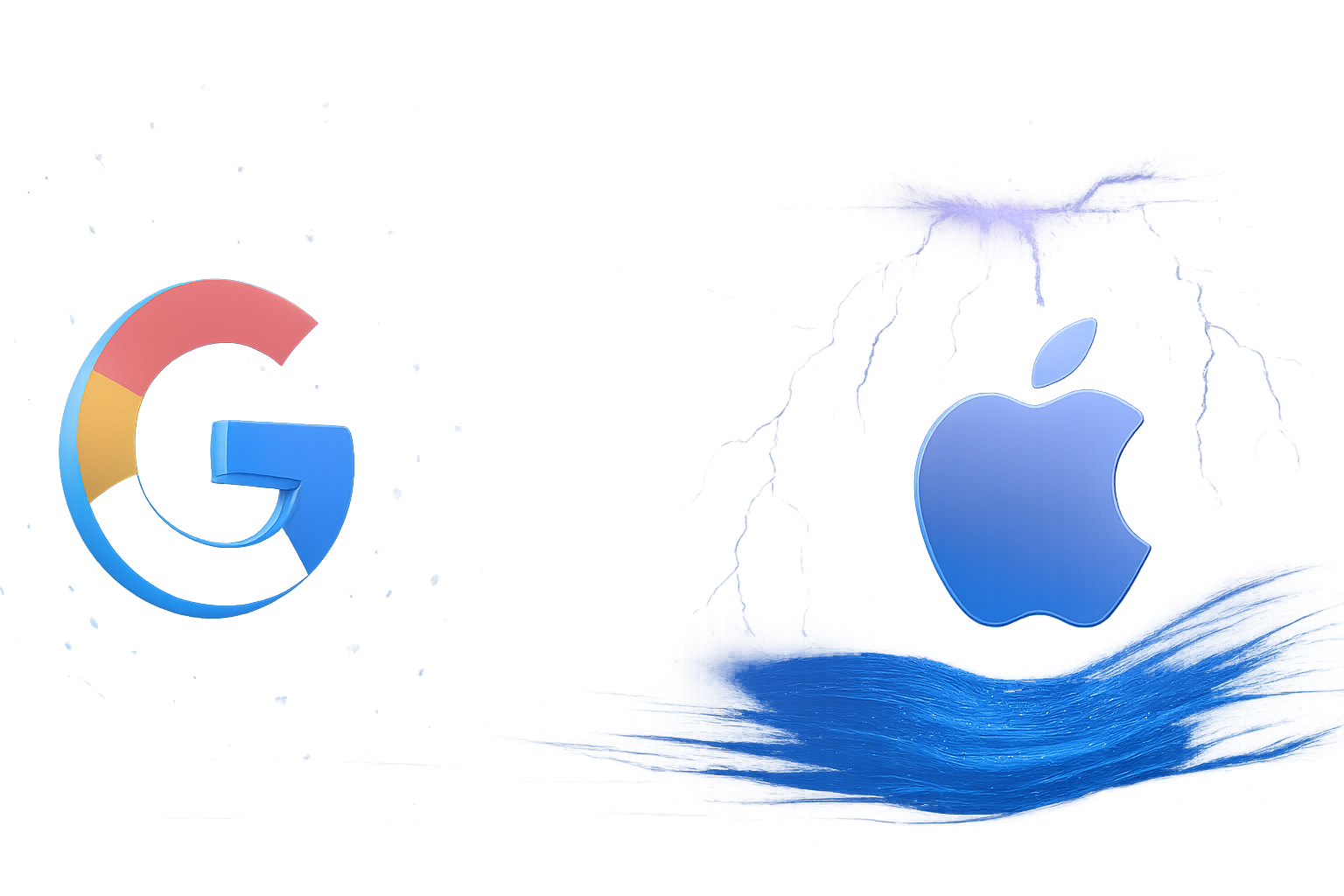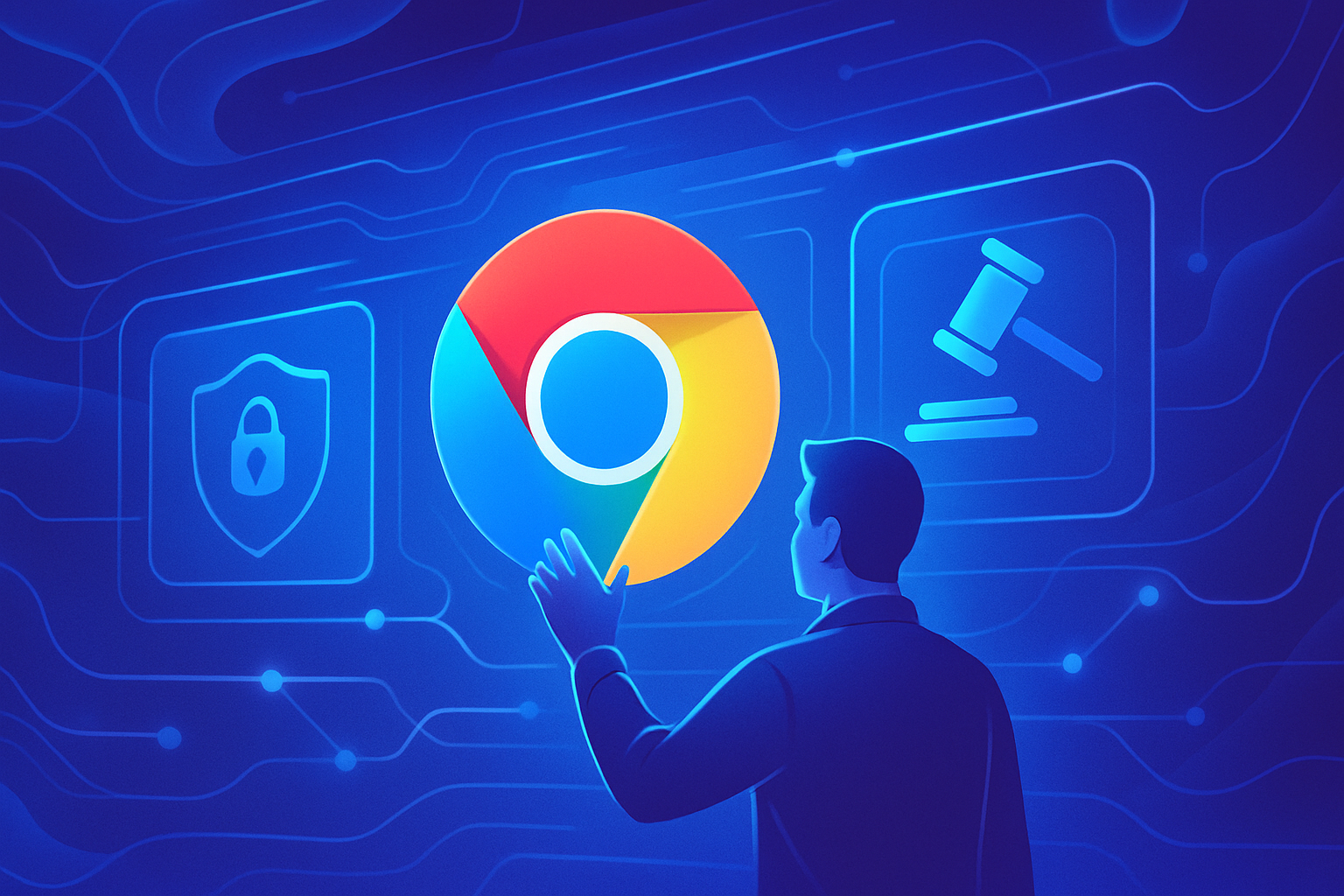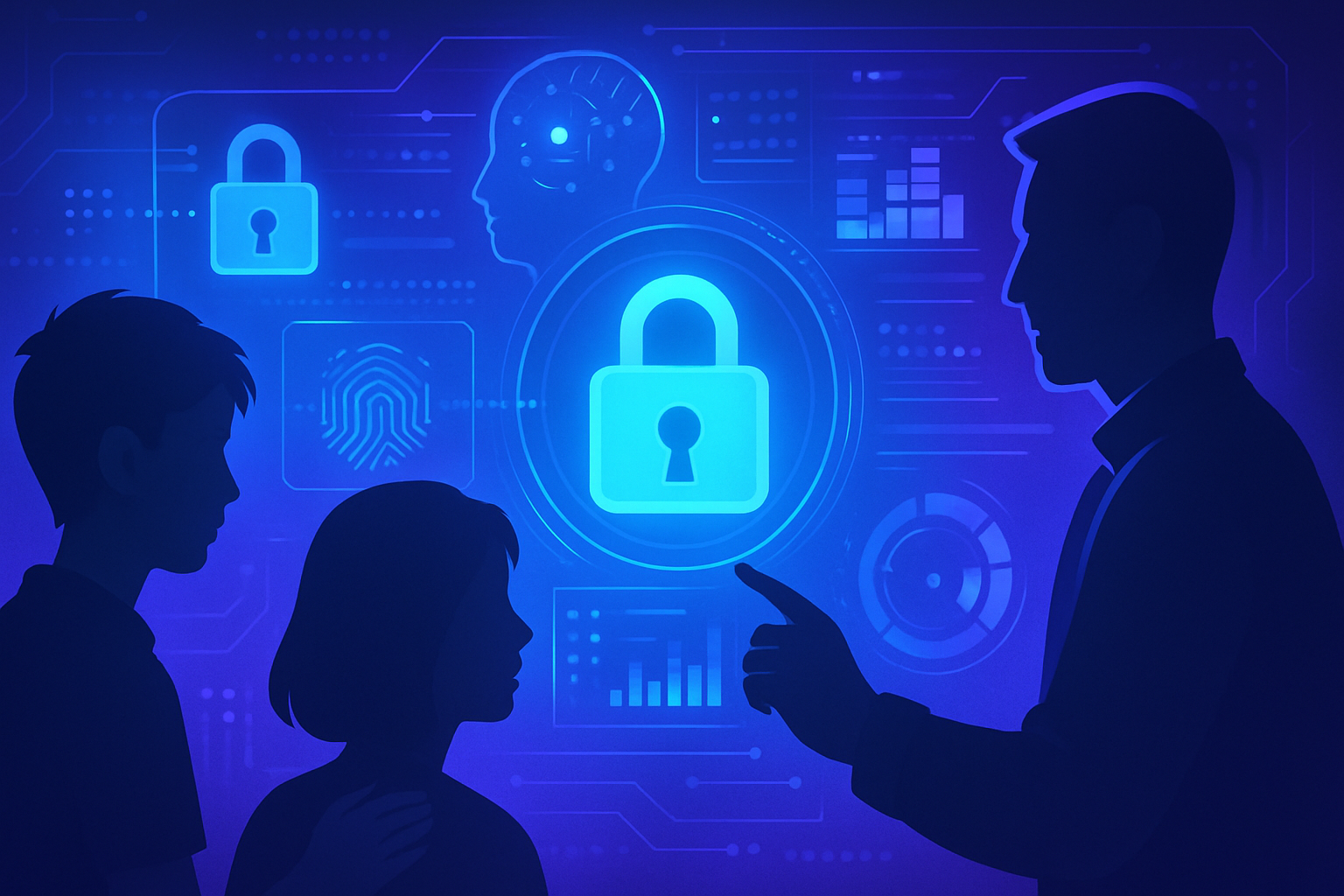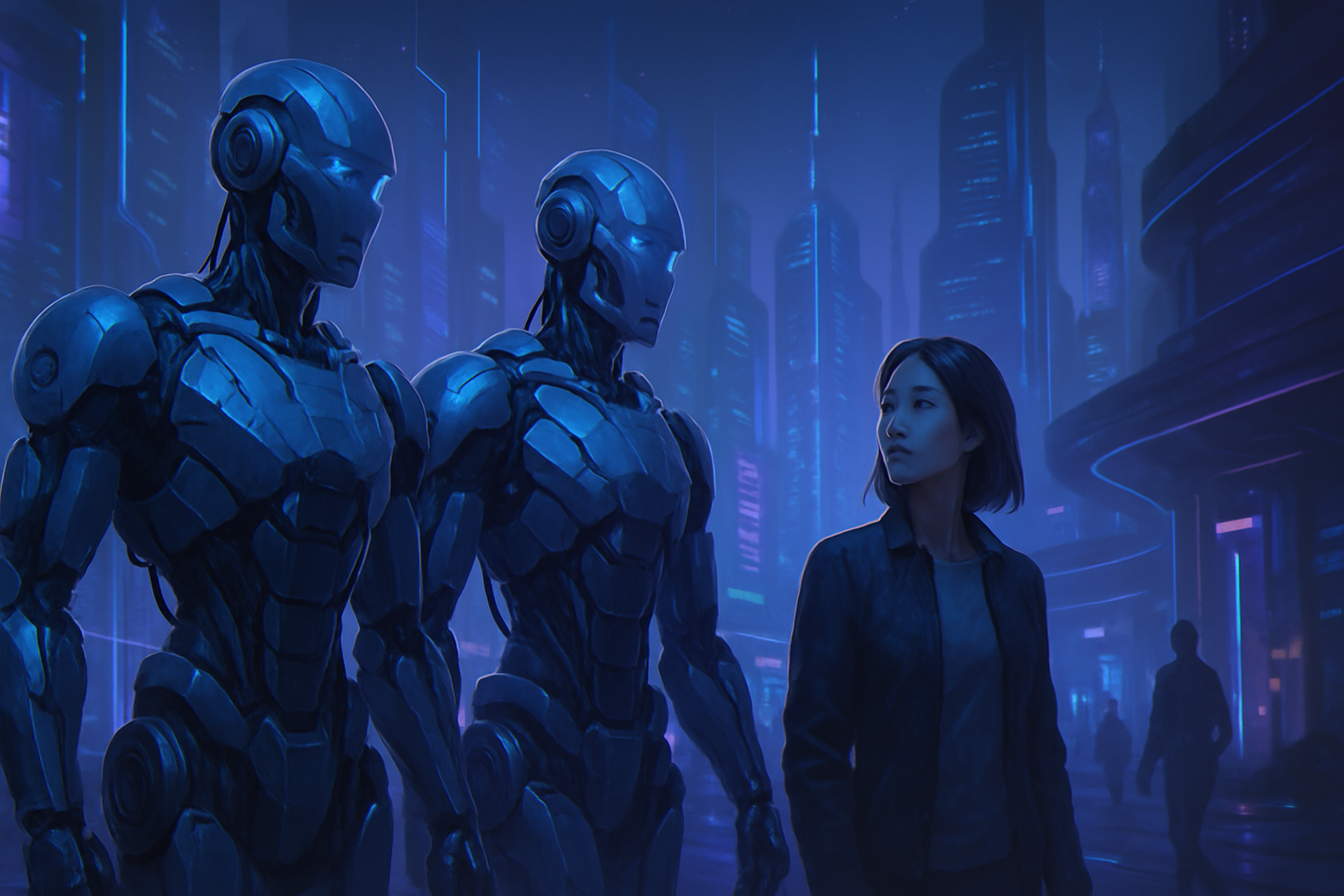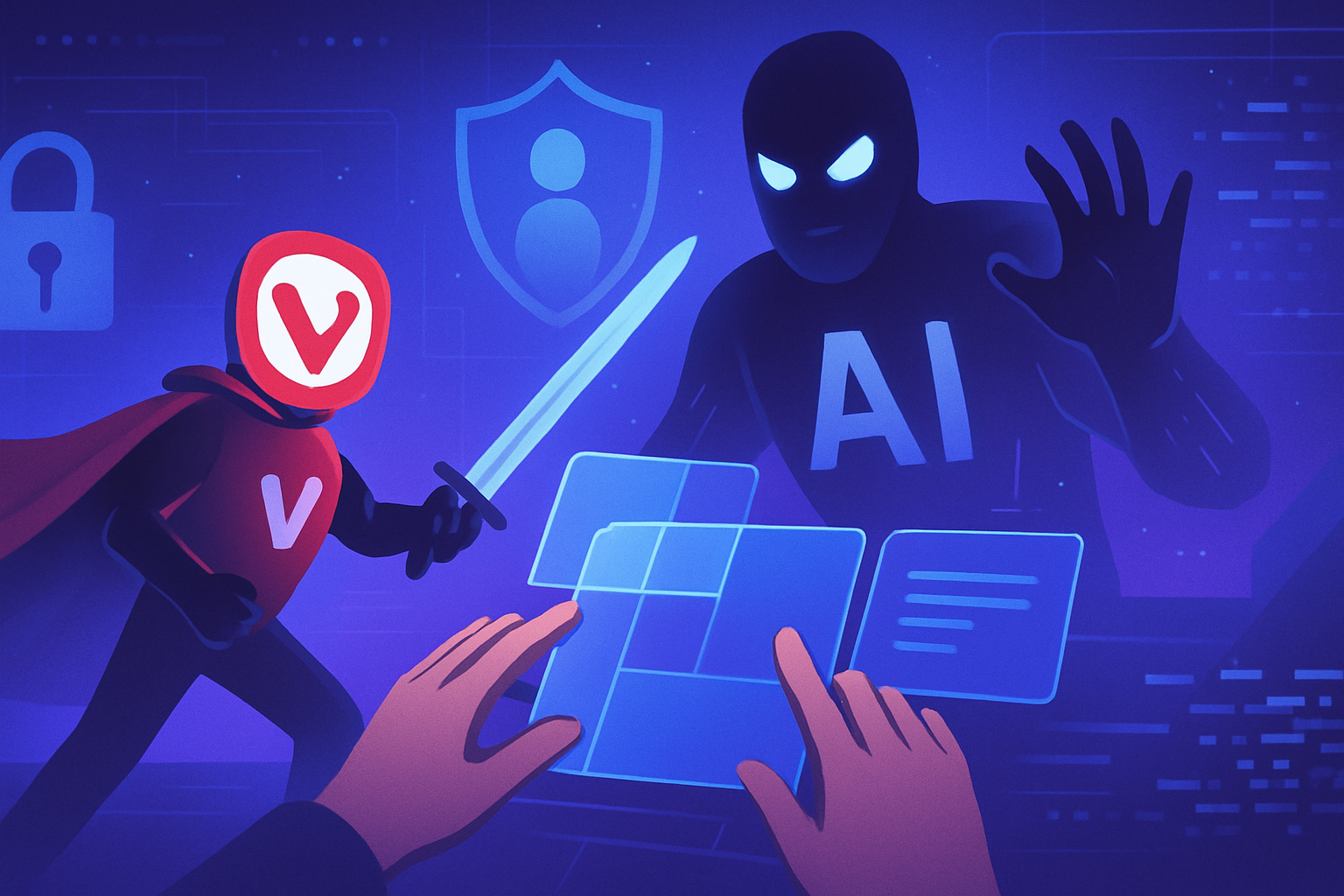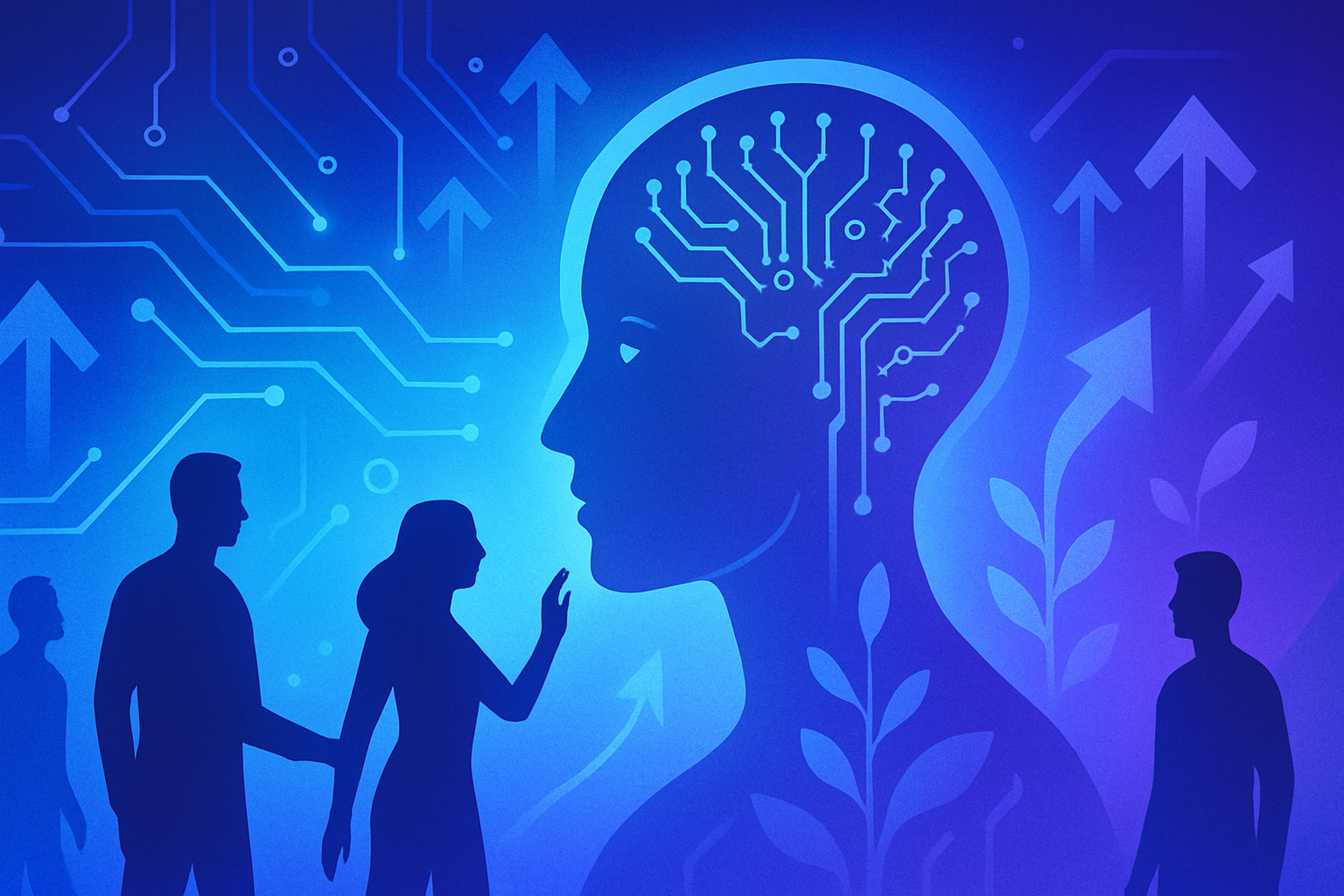Members of parliament are committed to defending artists, confronted with the rise of artificial intelligence in their creations. This technological emergence raises serious questions about the respect for copyright, marking a decisive turning point for cultural works. The necessity of appropriate legislation is imperative, preserving the invaluable value of human creativity in the face of prevailing algorithms. The battle for effective legal protection is intensifying, being both essential and unprecedented in the history of intellectual property.
Artists on the front line against AI
Members of parliament are currently examining legislative proposals aimed at protecting artists from artificial intelligence technologies. This debate takes place in a context where the emergence of generative AI places copyright under unprecedented pressure. The growing concerns of creators manifest in calls for strict regulation to safeguard their works against abusive appropriation by algorithms.
Draft law of September 12, 2023
On September 12, 2023, a legislative initiative was submitted to the National Assembly to regulate the use of AI. This text aims to integrate protective measures into the Intellectual Property Code, thus providing better legal coverage for artists. Special attention is given to creations that may be exploited without authorization, particularly in fields such as music, film, and visual arts.
Risks of devaluation of works
The potential consequences of AI on artistic creation raise major concerns among artists. The fear of the impoverishment of creators is palpable, as the increase in machine-generated works could devalue the artistic and economic value of human productions. Thus, members of parliament emphasize the necessity of a solid legislative framework to counter this trend.
International comparison for effective regulation
Elsewhere in Europe, similar initiatives are emerging. In Germany, AI systems are deployed to combat music and film piracy. In the United Kingdom, detection tools are integrated into copyright protection programs, aiming to secure the audiovisual sector. These examples inform discussions in France regarding the establishment of international contacts for the harmonization of laws.
Mobilization of cultural industry stakeholders
The concerns surrounding AI are not limited to French artists; several prominent figures, such as Scarlett Johansson, are raising their voices against the unauthorized use of their image. Individual and collective mobilizations are being structured to defend the rights of creators. English-speaking artists, for example, are calling for regulation appropriate to the current context to protect their creative integrity.
Debate on copyright: a societal issue
This debate is not only taking a legal turn but also resonates as a crucial societal question. How can a world dominated by AI remain a viable space for human creativity? Public policies must therefore align with a vision that values originality and does not sacrifice art on the altar of technological progress. This requires deep reflection and constructive dialogue between artists, legislators, and the concerned technology companies.
The future of artistic creation under surveillance
The artistic sector is facing an unprecedented redefinition. The challenge lies in adapting existing laws to the digital world while preserving the rights of artists. The proposals under discussion in the National Assembly represent a first step towards the necessary regulation. The path remains fraught with difficulties, requiring compromises and measures suited to the realities of a rapidly changing cultural landscape.
Questions and answers on the protection of artists against artificial intelligence
Why are members of parliament involved in the debate on copyright and artificial intelligence?
Members of parliament seek to protect the rights of artists in the face of growing challenges related to artificial intelligence, to ensure that creators are properly compensated and that their work is not exploited without authorization.
What mechanisms for protecting artists are contemplated in the draft law?
The draft law aims to integrate specific measures into the Intellectual Property Code, such as copyright adapted to works generated by AI, to prevent plagiarism and unauthorized exploitation of creations.
What are the potential consequences of inadequate regulation of AI for artists?
Inadequate regulation could lead to a devaluation of artistic works, a decrease in revenue for creators, and an increased risk of piracy and misuse of their work by AI technologies.
How do members of parliament envision achieving a balance between technological innovation and artistic protection?
Members of parliament are working towards a legislative framework that allows the use of AI tools while ensuring that artists’ rights are respected, notably through consent and compensation mechanisms for the use of their works.
What role does public opinion play in the debate on copyright and AI?
Public opinion is crucial as it can influence legislative decisions. Artists and the general public are encouraged to express their concerns to raise awareness about the importance of protecting copyright in the face of technological advances.
What initiatives in other countries could serve as models for France?
Countries like Germany and the United Kingdom have already implemented systems to regulate the use of AI in the artistic field, providing solutions that could inspire the legislative framework to be adopted in France.
How can new technologies harm the creativity of artists?
New technologies can create difficulties for artists to stand out, making their works more easily accessible to plagiarism and reproduction without credit, which could reduce the incentive to create.
Will the draft law take into account future developments in AI?
Yes, the draft aims to establish a flexible and adaptive framework that can evolve with technological advancements, ensuring that artists’ rights are always protected even in the future.
What types of works will be affected by this regulation?
All artistic works, including music, films, visuals, and writings, will be covered by the new regulations being considered to protect artists against abuses of AI.

